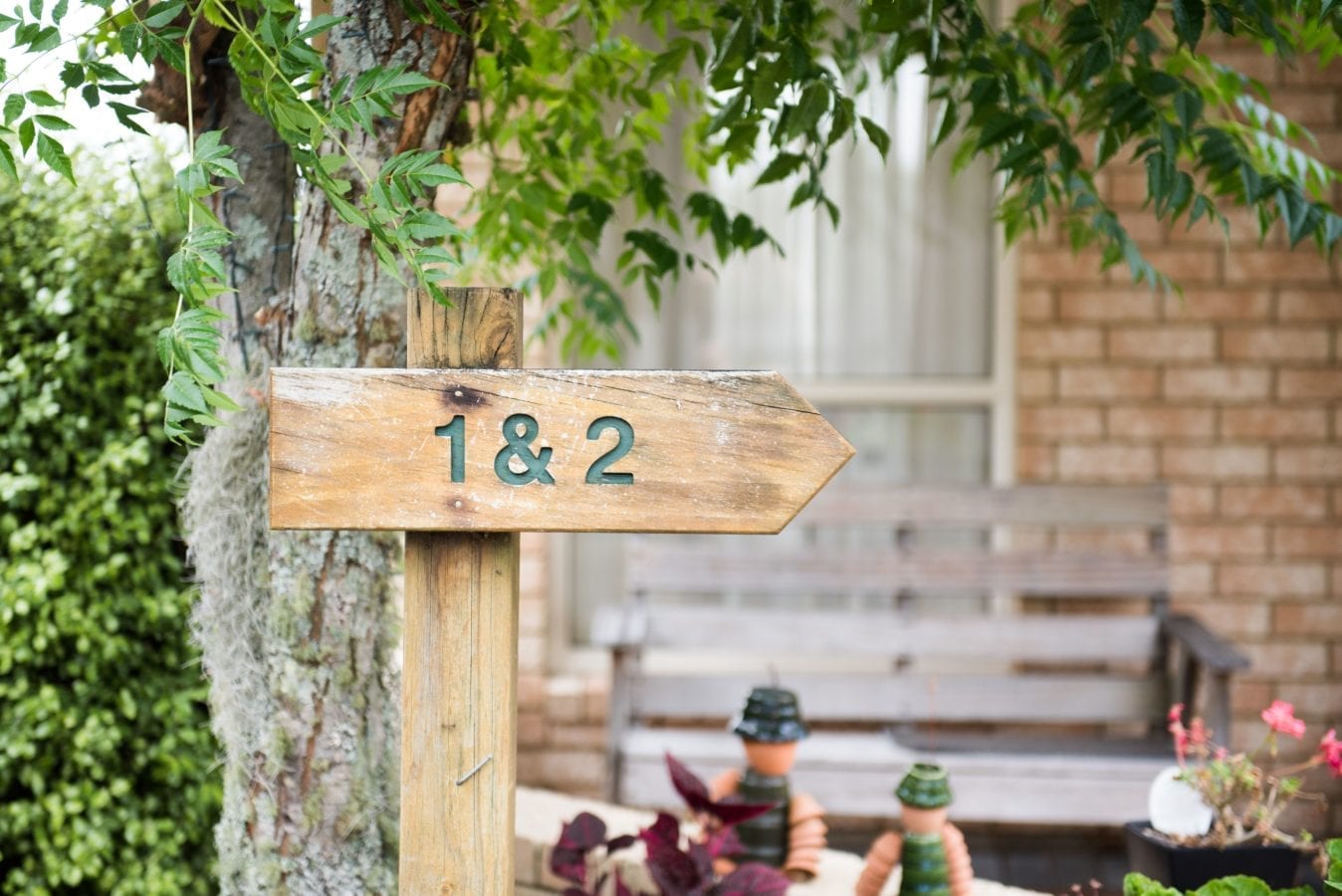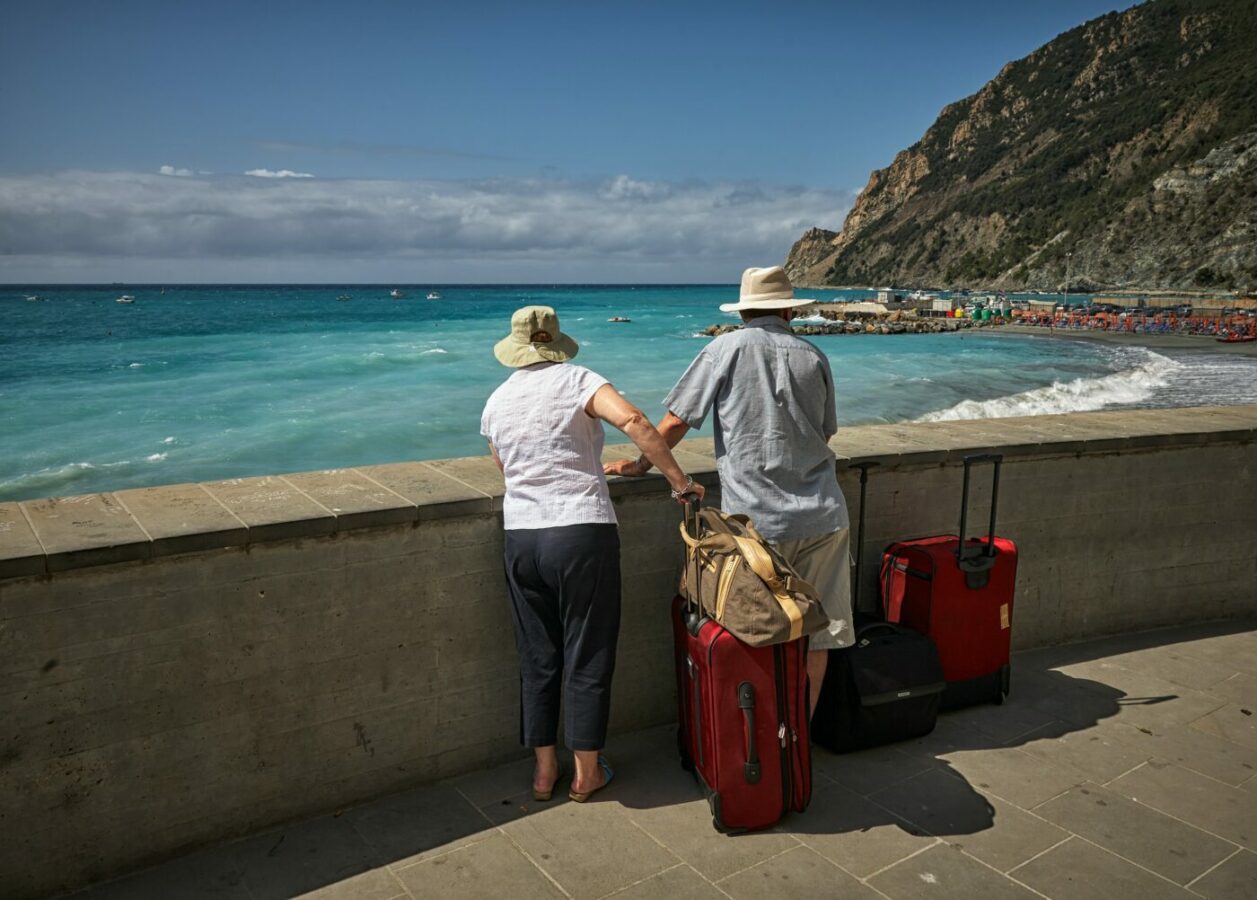Art is often considered intrinsic to human expression. It is a vessel for emotion and…

First Things First: Things to Consider Before Moving into a Retirement Village
Retirement villages are wildly popular in NZ, and they are beacons for living your golden years in style, comfort and great company. There are a few things to consider before moving into a retirement village to ensure you find the right fit and the best outcomes for you and your family.
When is it time?
Everyone moves at their own pace when it comes to retirement. You may be ready to move into a village as soon as you finish work to capitalize on the more active side of village life, or you may want to wait. There are many reasons people turn to retirement villages in their golden years. Anything from health needs, to wanting to sell their own home to liking the community feel a village provides. This is a personal decision with no universal guide. It is important to note that most retirement villages have a minimum entry age ranging from 65 upwards, although in some it is above 75.
Choosing the right one
There are almost 400 retirement villages in New Zealand alone, each with different advantages. A good place to start is to brainstorm the things that are most important to you. If you are an avid swimmer, perhaps you need a pool on site. Grandkids live nearby? Maybe you want the flexibility of having them to stay. Anything from room to garden, to bringing your pet cat, to access to a library. Write down all of the factors that would contribute to your ideal retirement which you can look for in potential villages. Keep this list with you when researching and enquire about village facilities and rules.
Another thing to consider when searching for your next home is its location. Depending on your circumstances and lifestyle goals, you may want to look for a retirement village very close to your current home. Keep your current friends and favourite shops without the hassle of readjusting to a new area. Alternatively, you may want to move into a village closer to family, or in ‘retirement friendly’ regions. NZ cities such as Marlborough, Napier, Whangarei and New Plymouth have all been recommended for their safety, sunshine, healthcare and strong retirement communities. Depending on your retirement goals, consider the location when choosing the right village.
Once you have narrowed down your options, it is a good idea to talk to staff and current residents about their experiences. After all, nobody knows more about the day to day life at the retirement village than those who work and live there! Don’t be afraid to ask for their honest opinion, and check to see if the facilities beliefs and ideals align with your own. They key to finding the right retirement village is finding one that feels like home. If you visit a site and you feel out of place, it may not be the one for you. If you walk in the door and feel at ease, you may have just found your next home.
Financial Cost
Moving into a retirement village is a big monetary decision. It is different from home ownership as you are paying for the right to occupy and utilise the village’s facilities. This means that you will not receive any capital gains as you would with typical property investment. Most retirement villages in New Zealand involves a ‘licence to occupy’ which give you the exclusive right to occupy the property, without owning it.
There are some costs that come with living in a retirement village. At Greenview Park Retirement Village, there is a weekly fee that covers the running of the village. The weekly fee is to cover costs only, with no profit margin, so you know you are getting the best care without spending thousands. This fee includes maintenance of grounds and communal areas, external building maintenance, rubbish disposal, rates, building insurance, and more. It is important to know where your money is going, so make sure to ask what the weekly fee is, and what it covers when visiting a retirement village.
Sorted.org is a New Zealand site that helps New Zealanders make smart financial decisions. They have a checklist on questions to ask before deciding on a retirement village which you can read here.
Future planning
Moving into a retirement village is the start of your next chapter. Before you move, it is important to think about your long term position in your chosen village. As the age where people enter villages declines, you may be living in that home for the next 15, 20 or 25 years. It is important to think about how well it will suit you in the future. For example, at Greenview Park Retirement Village, we have an onsite aged care facility providing round the clock support.
Consider how your needs may change, and ensure that there is additional care if you need it. If your chosen facility isn’t equipped for later aged care, consider where your next step will be and at what point you may need to shift into a more care-focused home. Talk to your family and involve them in these decisions. Before you move, make sure you have not just the next few years in mind. Choose a retirement village that offers independent living alongside support when you need it.
There is a lot to think about before settling into your new home. Take your time, talk to family and do your research. Finding the right home isn’t just about finding the village with the best location or facilities, it is about finding a place you feel at home. Consider these aspects before moving to get the most out of your retirement.



